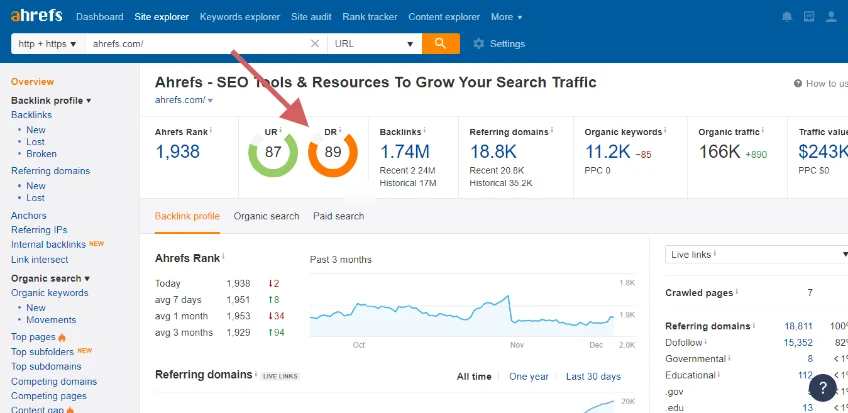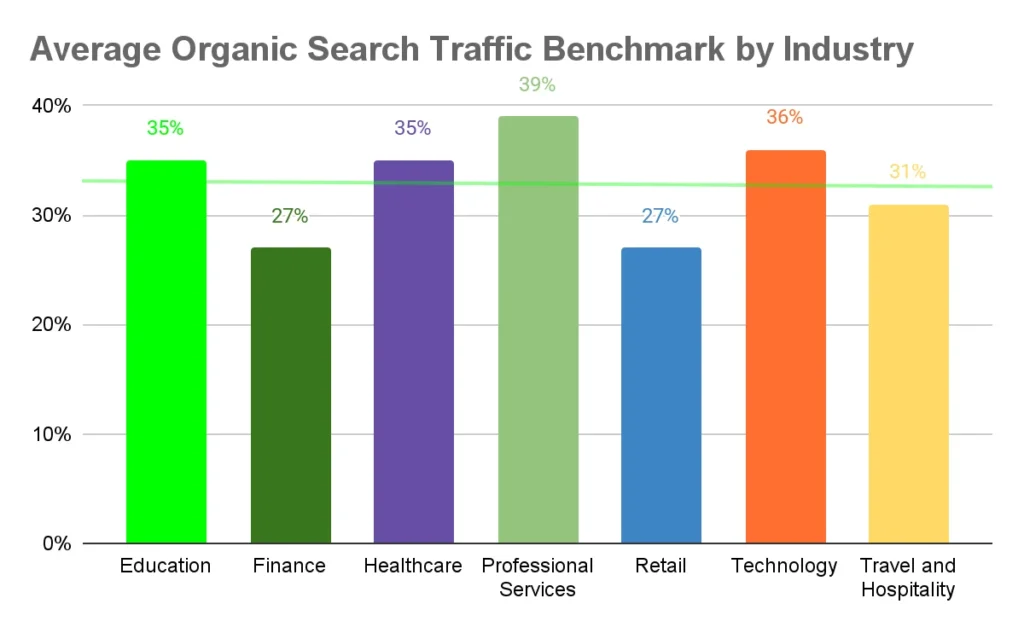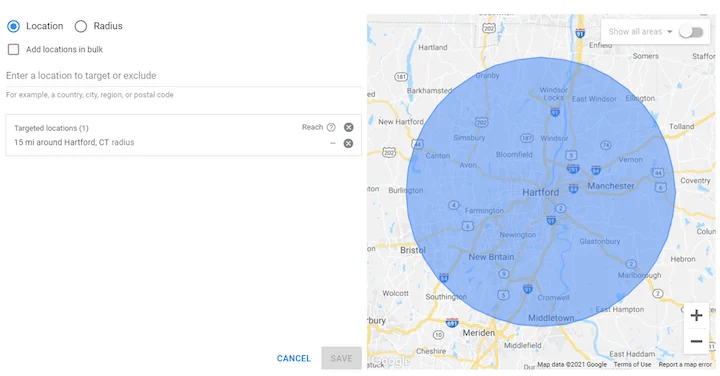In 2025, link building is still a fundamental component of organic growth, yet it is often one of the least understood aspects of SEO budgeting.
The wide pricing spectrum, from $50 to over $1,000 per link, can lead to confusion, especially when similar metrics appear across vastly different offers. That’s because the cost of a link is never just about the link itself.
Several variables drive link pricing today, including domain authority, content expectations, niche relevance, and even geography. As search engines evolve and stricter quality signals emerge, these components weigh more heavily on how links are valued.
This guide will unpack the key elements determining link building costs in 2025. Understanding these inputs can help allocate budget more efficiently, avoid waste on low-value placements, and invest in links that actually move the needle.
Table of Contents
Core Factors That Influence Link Pricing in 2025
The pricing of backlinks today is not dictated by a single metric, but rather a matrix of interrelated factors. The following five are among the most decisive in shaping how much a link will cost in the current market.
Domain Rating and Authority
Domain Rating (DR) and Domain Authority (DA) remain a common baseline, but they’re rarely enough on their own. A DR 60 domain with no traffic may cost less than a DR 40 domain with real engagement.
That’s because savvy buyers now look for a blend of DR, organic traffic, and historical backlink quality.

Tools like Ahrefs and Moz offer useful scores, but actual link equity also depends on page-level metrics. A link buried in an orphaned blog post will carry less weight than one placed on a well-trafficked page.
Industry or Niche Competitiveness
Niche directly affects pricing. Link placements in saturated sectors like crypto, iGaming, or finance command a premium due to higher competition and stricter editorial barriers.
In contrast, verticals like parenting, education, or local business development often provide more affordable opportunities.

Source: Conductor
Expect prices to scale with both demand and difficulty. Outreach fatigue in specific industries has also caused publishers to raise prices or enforce stricter vetting.
Geographic Targeting
Links from high-authority U.S. or Western European domains are typically more expensive due to demand, perceived trust, and search engine localization. A DR 40 blog based in California may cost double that of an equivalent site based in India or Eastern Europe.

However, regional links are not inherently inferior. When targeting multilingual audiences or region-specific keywords, native domains can offer strong contextual relevance at a lower cost.
Content Involvement
Who creates the content can shift pricing significantly. If the link seller handles writing and placement, the cost generally includes writer fees, editing, and content optimization. When you provide the content, prices may drop, but not always.
Some platforms prefer handling their own content for quality control or branding reasons. Others charge extra for including specific keywords or product mentions.
Outreach Method and Link Type
Due to the time and skill involved, manual outreach typically results in higher quality but also higher cost. Paid placements or guest posts on established sites are priced based on exposure and editorial standards.
Other variables include whether the link is a niche edit or a fresh post, the anchor text policy, and whether the link is dofollow or nofollow. Sponsored tag requirements and compliance with Google’s guidelines also influence pricing structures.
Pricing Models in 2025: How Agencies and Freelancers Charge
While the cost of a link is driven by multiple quality factors, how that cost is structured varies depending on the service provider. In 2025, agencies and freelancers typically follow four primary pricing models. Each has its own logic, risks, and suitability based on business needs.
- Flat Rate Per Link: One fixed price per link, regardless of DR or traffic. Often used for editorial placements or niche edits.
- Tiered DR-Based Pricing: Pricing scales with Domain Rating or authority tiers (e.g., DR 30–39, DR 40–49, DR 50–59). This is common in marketplaces and white-label providers.
- Performance-Based or Traffic-Based Link Pricing: Links priced by organic traffic metrics or based on performance goals, such as referral visits or conversions. Less predictable but tied directly to value.
- Bundled Packages vs One-Off Links: Multiple links sold together in a bundle for a single cost. May include diverse DR ranges, anchor types, or content types (guest posts, contextual links).
Comparison of Pricing Models
| Model | Pros | Cons |
| Flat Rate Per Link | Simple to budget; easy to compare | May overpay for low-quality domains or underpay for high-value ones |
| Tiered DR-Based Pricing | Aligns cost with perceived authority | DR alone can be misleading without traffic or context |
| Performance or Traffic-Based Pricing | Reflects real value; supports ROI-based decisions | Less predictable; may require custom tracking setup |
| Bundled Packages | Economies of scale, faster delivery | Less control over individual link quality or placement context |
Each model offers trade-offs. Try to evaluate providers on cost structure, transparency, targeting precision, and integration with broader SEO goals.
Typical Price Ranges by DR and Region
Pricing benchmarks for link building fluctuate considerably based on authority metrics and the target region. While these aren’t rigid values, the following table provides a baseline used by many agencies and freelancers in 2025.
| Domain Rating (DR) | US/UK Sites (USD) | EU/CA/AU Sites (USD) | Asia/South America (USD) |
| DR 30–39 | $100–150 | $80–120 | $40–90 |
| DR 40–49 | $150–250 | $120–200 | $80–150 |
| DR 50–59 | $250–400 | $200–350 | $150–250 |
| DR 60–69 | $400–700 | $300–600 | $200–400 |
| DR 70+ | $700–1500+ | $600–1200 | $400–800 |
Niche relevance causes further deviation. Highly competitive verticals like finance, iGaming, or SaaS demand premium prices even at lower DR levels.
The link type also matters. Editorial in-content placements usually command higher fees than sidebar or footer links.
Homepage links often exceed standard article-level placements in cost due to higher perceived authority. Similarly, directory or resource links may appear cheaper but lack contextual value.
Understanding this matrix helps allocate budget strategically and avoid overpaying for underperforming links.
Average Cost for Different Types of Link-Building Tools in 2025
Link-building tools supplement human effort and influence campaign efficiency. While some have flat monthly pricing, others follow usage-based models.
- Ahrefs or Semrush ($100–300/month): Offers backlink audits, content gap analysis, and prospecting metrics. Core for strategy.
- Pitchbox or Respona ($195–500/month): Outreach automation with built-in CRM and email tracking.
- Hunter.io or Snov.io ($49–129/month): Email discovery tools to streamline contact gathering for cold outreach.
- BuzzStream ($24–99/month): CRM for link-building outreach and relationship tracking.
- Scrapers & Indexers (e.g., Scrapebox, IndexMeNow) ($20–97/month): Used for bulk prospecting and link indexing, though the utility depends on link type.
Hidden Costs and Red Flags to Watch
Beyond surface pricing, many campaigns incur unexpected costs or reveal deeper quality issues.
- High Minimum Order Volumes: Some vendors require buying in bulk, which may dilute campaign relevance.
- Opaque Metrics or Vague DR Claims: Lack of transparency around how domain quality is evaluated is a red flag.
- Hidden Editorial Fees: Some sites charge additional fees post-pitch, especially through intermediaries.
- Spammy Outbound Link Profiles: Sites with high outbound link ratios and irrelevant anchor texts can harm reputation.
3 Signs You’re Building Toxic Backlinks (And How to Fix It)
- Private Blog Networks Disguised as Real Publications: These often inflate DR but are easily deindexed by search engines.
Remember to always vet the site and the provider thoroughly before committing.
Final Thoughts
Link building in 2025 continues to evolve in complexity and cost. From authority metrics and geographic targeting to pricing models and tool overhead, a strategic and transparent approach remains essential.


